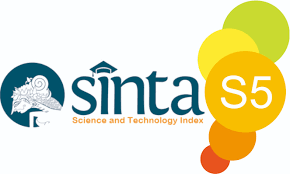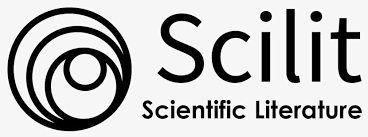PERANAN TEKNIK SPLIT-BOLUS TERHADAP KUALITAS CITRA PADA PEMERIKSAAN MSCT LEHER
Abstract
Background : According to the theory, Neck MSCT examination were performed using monophasic injection techniques. Split-bolus is an innovative technique that divides intravenous (IV) contrast media into two or three boluses and combines phase images in single scanning. The MSCT split-bolus scan with a combination of parenchymal and vascular enhancement is a valid alternative approach compared to the standard monophasic MSCT protocol. The purpose of this study was to determine the split-bolus technique in neck MSCT examination and its role in the quality of the image.
Method : This research is a descriptive qualitative study with a literature review study method. Data is collected by the documentation method. The electronic database was searched using the keywords "head and neck" AND ("contrast" OR "injection") AND ("Split bolus" OR "Biphasic Contrast" OR "Dual bolus" OR "Double bolus" OR "Multi-phase" OR "Quadruple-Phase"). The inclusion criteria used were a research article on a split-bolus technique in a single scan on MSCT neck examination. Three articles met the inclusion criteria. Data analysis was performed using the annotated bibliography method.
Result : The results of this study indicate that the contrast media used in the MSCT examination of the neck with a split-bolus technique are non-ionic iodine contrast media with a total volume of 80-100 mL and a concentration of 300-370 mg / mL. Contrast media injection is done by dividing contrast media in the first and second boluses using a ratio of 3 : 2 or 1 : 1 of the total volume of contrast media followed by saline injection. The flow rate used is 2 - 3 mL / s with a fixed delay time between 70 - 120 seconds. The split - bolus techniques have a role in contrast resolution of image quality. The image quality produced on neck MSCT examination using split bolus technique can increase vaskular and tumor enhancement without reducing parenchymal enhancement and lesions. In a patient with metastasis, this technique can reduce artifacts due to excessive contrast media in the arteries and veins so the lymph nodes appear more clearly.
Conclusion : Based on the result, the split - bolus techniques have a role in contrast resolution of image quality.











